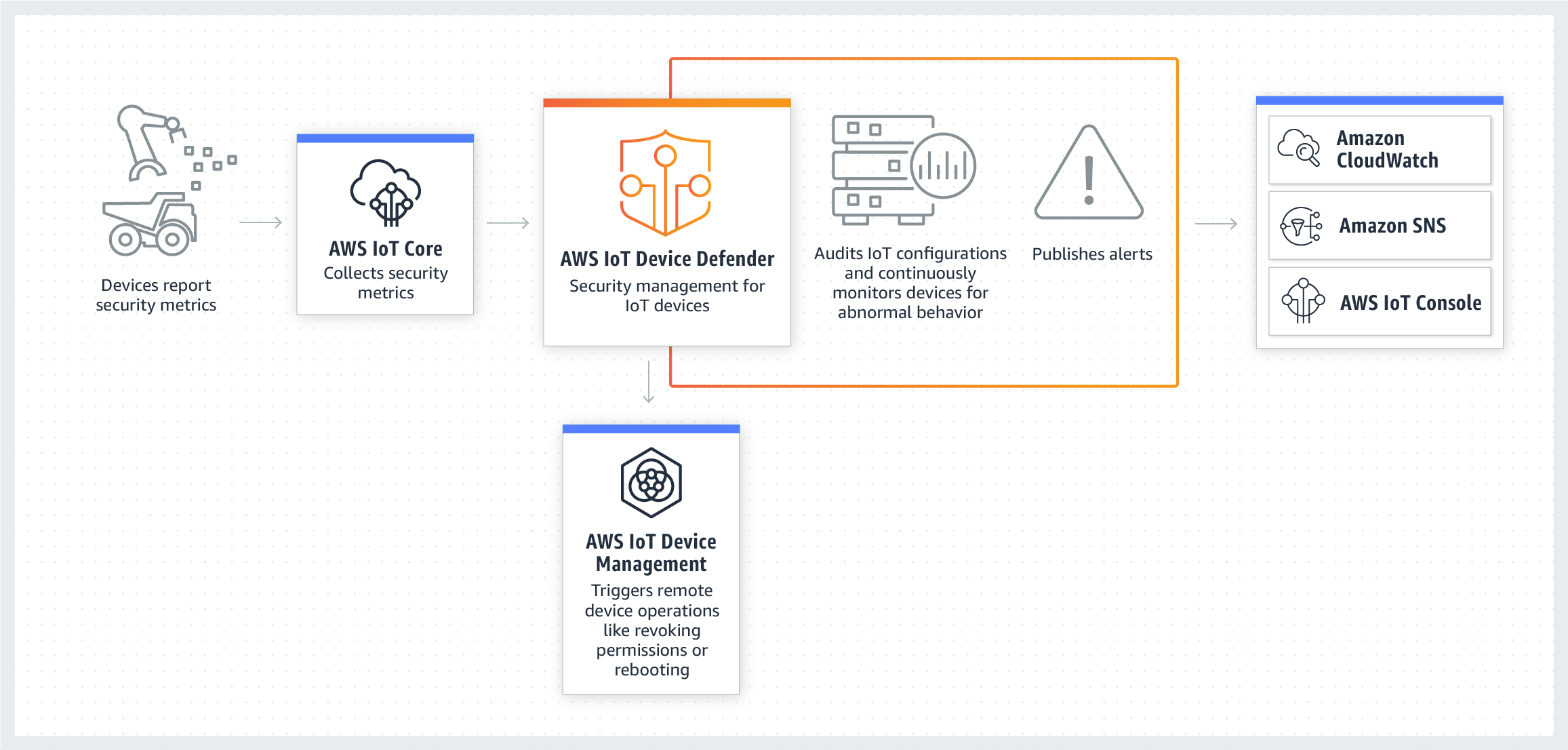Connecting an SSH IoT device over the internet using Windows can seem daunting at first, but with the right steps, anyone can achieve it seamlessly. In today’s interconnected world, IoT devices play a pivotal role in automating processes and enhancing efficiency. Whether you’re managing smart home devices, industrial sensors, or remote servers, mastering SSH connectivity is crucial. This guide will walk you through the process step by step, ensuring your setup is secure and efficient.
In this article, we will explore how to connect an SSH IoT device over the internet using Windows without any additional paid software. By the end of this guide, you’ll have the knowledge and tools necessary to remotely access and manage your IoT devices securely. Whether you're a beginner or an experienced user, this article will cater to all levels of expertise.
Before we dive into the technical aspects, it’s important to understand why SSH is the preferred method for secure communication. SSH (Secure Shell) encrypts data between your device and the IoT device, ensuring that sensitive information remains protected from unauthorized access. With that in mind, let’s get started.
Read also:Sascha Corwin
Table of Contents
- Introduction to SSH
- Prerequisites
- Setting Up SSH Server on IoT Device
- Configuring Windows as an SSH Client
- Port Forwarding for Remote Access
- Using PuTTY for SSH Connection
- Securing Your SSH Connection
- Troubleshooting Common Issues
- Alternatives to PuTTY
- Conclusion
Introduction to SSH
SSH, or Secure Shell, is a protocol designed to provide secure communication between two devices over an unsecured network. It is widely used for remote administration and management of servers and IoT devices. The primary advantage of SSH is its ability to encrypt data, ensuring that sensitive information, such as passwords and commands, remains confidential.
When connecting an IoT device over the internet, SSH offers a reliable solution for maintaining security and reliability. Unlike other protocols, SSH ensures that data is transmitted securely, reducing the risk of interception by malicious actors.
Why Use SSH for IoT Devices?
- Encrypted communication
- Secure authentication
- Support for multiple commands
- Wide compatibility with various operating systems
Prerequisites
Before proceeding with the setup, ensure you have the following:
- A Windows PC with administrative privileges
- An IoT device capable of running an SSH server
- A stable internet connection
- A static IP address or dynamic DNS service for your IoT device
- PuTTY or a similar SSH client installed on your Windows PC
Having these prerequisites in place will streamline the setup process and ensure a successful connection.
Setting Up SSH Server on IoT Device
The first step in connecting your IoT device over the internet is to configure it as an SSH server. This involves enabling SSH on the device and ensuring it is accessible from your local network.
Steps to Enable SSH on an IoT Device
- Log in to your IoT device’s management interface.
- Navigate to the settings or configuration menu.
- Locate the SSH option and enable it.
- Set a strong password for SSH access.
- Save the changes and restart the device if necessary.
Once SSH is enabled, verify that the device is accessible from your local network by attempting to connect using an SSH client.
Read also:Mindy Cohn
Configuring Windows as an SSH Client
Windows 10 and later versions come with a built-in SSH client, eliminating the need for third-party software. However, for more advanced features, you may opt for tools like PuTTY.
Using Windows Built-in SSH Client
- Open Command Prompt on your Windows PC.
- Type the following command:
ssh username@device_ip - Enter the password when prompted.
- You should now be connected to your IoT device.
While the built-in client is sufficient for basic tasks, tools like PuTTY offer more advanced features, such as session management and key-based authentication.
Port Forwarding for Remote Access
To access your IoT device over the internet, you need to configure port forwarding on your router. This process allows external devices to connect to your IoT device through your public IP address.
Steps to Configure Port Forwarding
- Log in to your router’s admin interface.
- Navigate to the port forwarding section.
- Create a new rule, specifying the following:
- External port: 22 (default SSH port)
- Internal IP: IP address of your IoT device
- Internal port: 22
- Save the changes and test the connection.
Port forwarding is a critical step in enabling remote access. Ensure that your router supports port forwarding and that your ISP does not block port 22.
Using PuTTY for SSH Connection
PuTTY is a popular SSH client for Windows, offering a user-friendly interface and advanced features. Below are the steps to connect to your IoT device using PuTTY.
Connecting to IoT Device with PuTTY
- Download and install PuTTY from the official website.
- Launch PuTTY and enter the following details:
- Host Name (or IP address): Public IP address of your router
- Port: 22
- Connection type: SSH
- Click "Open" to initiate the connection.
- Enter your username and password when prompted.
PuTTY also supports saving sessions, making it easier to reconnect in the future.
Securing Your SSH Connection
Security is paramount when connecting IoT devices over the internet. Below are some best practices to enhance the security of your SSH connection:
Best Practices for Secure SSH Connections
- Use strong, unique passwords for SSH access.
- Enable two-factor authentication (2FA) if supported by your device.
- Consider using key-based authentication instead of passwords.
- Change the default SSH port to a non-standard port (e.g., 2222).
- Regularly update your IoT device’s firmware to patch vulnerabilities.
Implementing these security measures will significantly reduce the risk of unauthorized access to your IoT device.
Troubleshooting Common Issues
Despite following the steps carefully, you may encounter issues while setting up SSH connectivity. Below are some common problems and their solutions:
Common Issues and Solutions
- Unable to connect to device: Verify the IP address and ensure the device is powered on.
- Connection timeout: Check your router’s port forwarding configuration and ensure the port is open.
- Authentication failed: Double-check the username and password. Ensure there are no typos.
- Connection refused: Ensure the SSH service is running on the IoT device.
Addressing these issues promptly will help you establish a stable connection.
Alternatives to PuTTY
While PuTTY is a widely used SSH client, several alternatives offer additional features and functionality. Below are some popular alternatives:
Popular SSH Clients for Windows
- Bitvise SSH Client
- WinSCP
- MobaXterm
- Cygwin
Each of these clients has its own strengths, so choose the one that best suits your needs.
Conclusion
Connecting an SSH IoT device over the internet using Windows is a straightforward process when you follow the right steps. By enabling SSH on your IoT device, configuring port forwarding, and using a reliable SSH client like PuTTY, you can securely manage your devices remotely.
Remember to prioritize security by implementing best practices such as using strong passwords and enabling two-factor authentication. Additionally, regularly update your device’s firmware to address any vulnerabilities.
We encourage you to share your experience in the comments below or explore our other articles for more insights into IoT and networking. Happy connecting!


